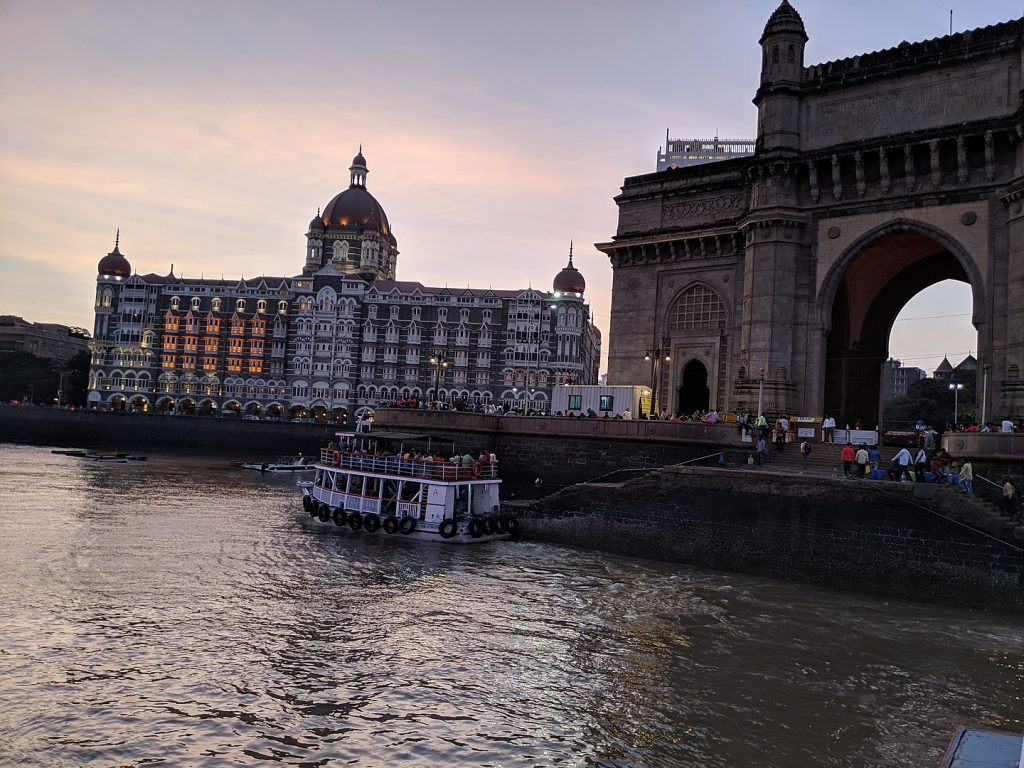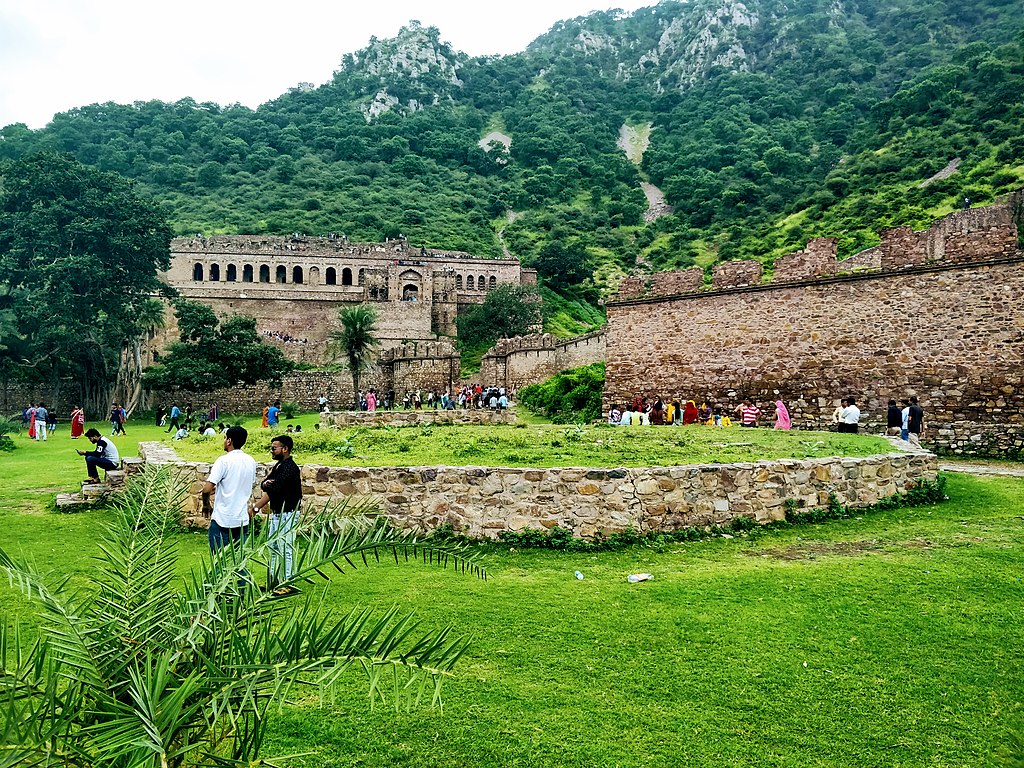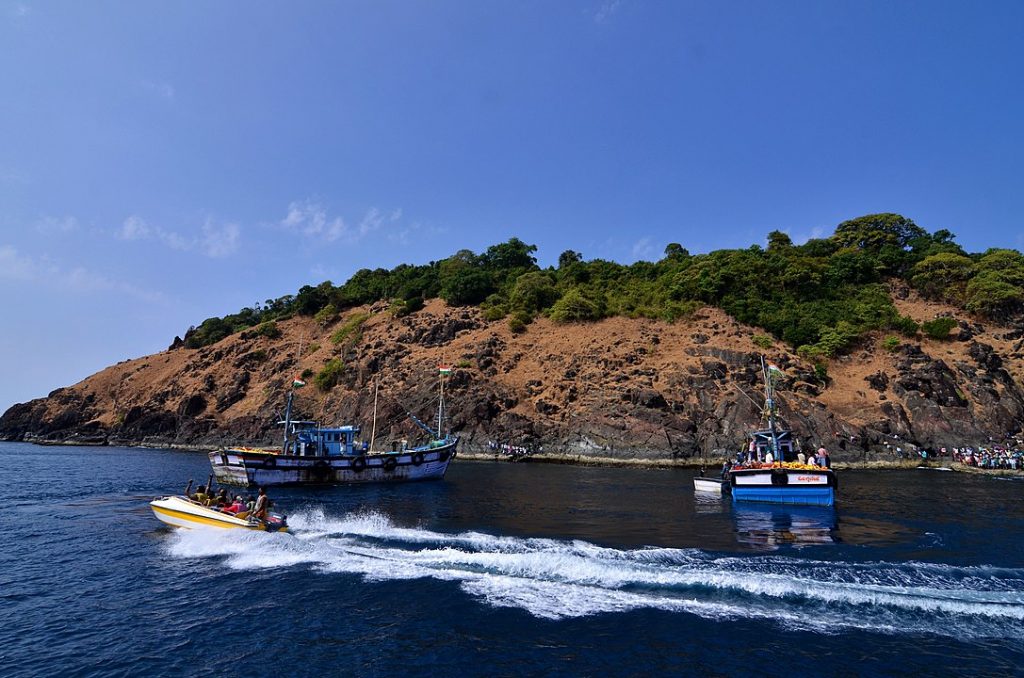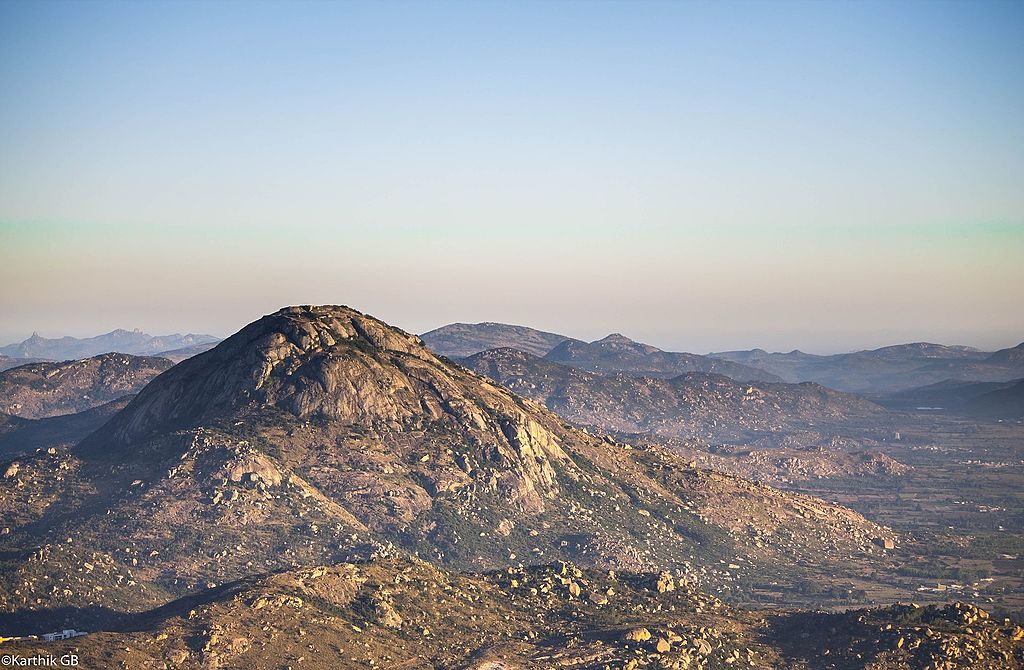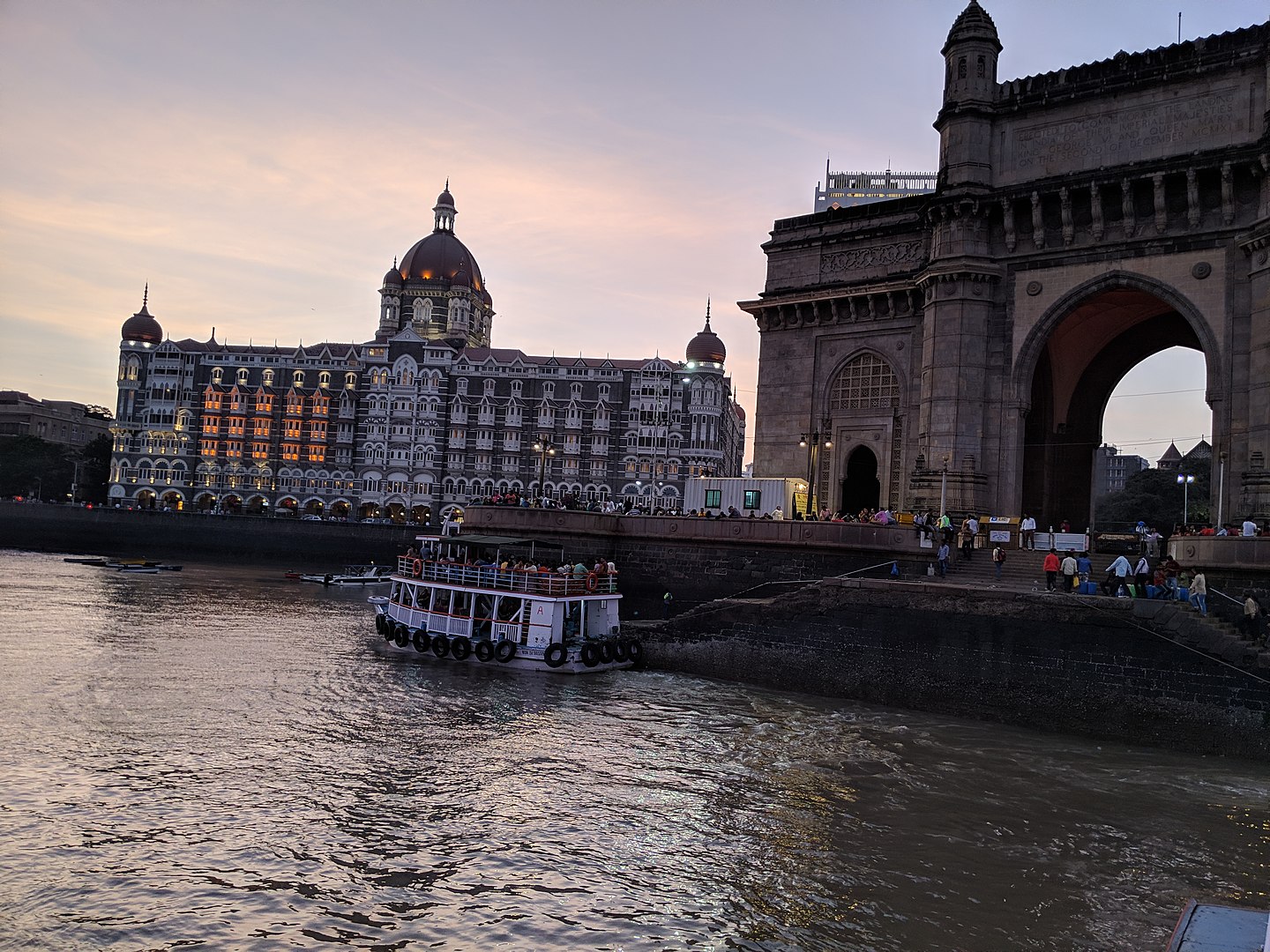One of Hindus’ seven sacred cities is Ayodhya, situated on the banks of the Sarayu River in Uttar Pradesh. As Lord Rama is thought to be its birthplace, Ayodhya plays a critical role in the Hindu epic of Ramayana. This town is the birthplace of the 4 Tirthankaras (religious teachers) from Jainism, which attract tourists with their tranquil ghats.
Ayodhya has been engulfed in controversy for nearly a decade, thanks to its abundance of monkeys, the hum of tourists, and a general spiritual vibe. It was the epicenter of the 1992 Indian riots over the Babri Masjid controversy. The mosque, which was supposedly built on the Ram Janmabhoomi Temple, became a source of conflict for Hindus and Muslims alike. In 2005, a terrorist attack took place near the Ramlila Temple in Ayodhya.
Despite the controversy, Ayodhya offers tourists a wealth of color and spirituality and has established itself as an important spiritual centre. The traffic-free streets of Ayodhya, the site of multi-faith temples, are reason enough to pay a visit.
1- Ram Janam Bhoomi
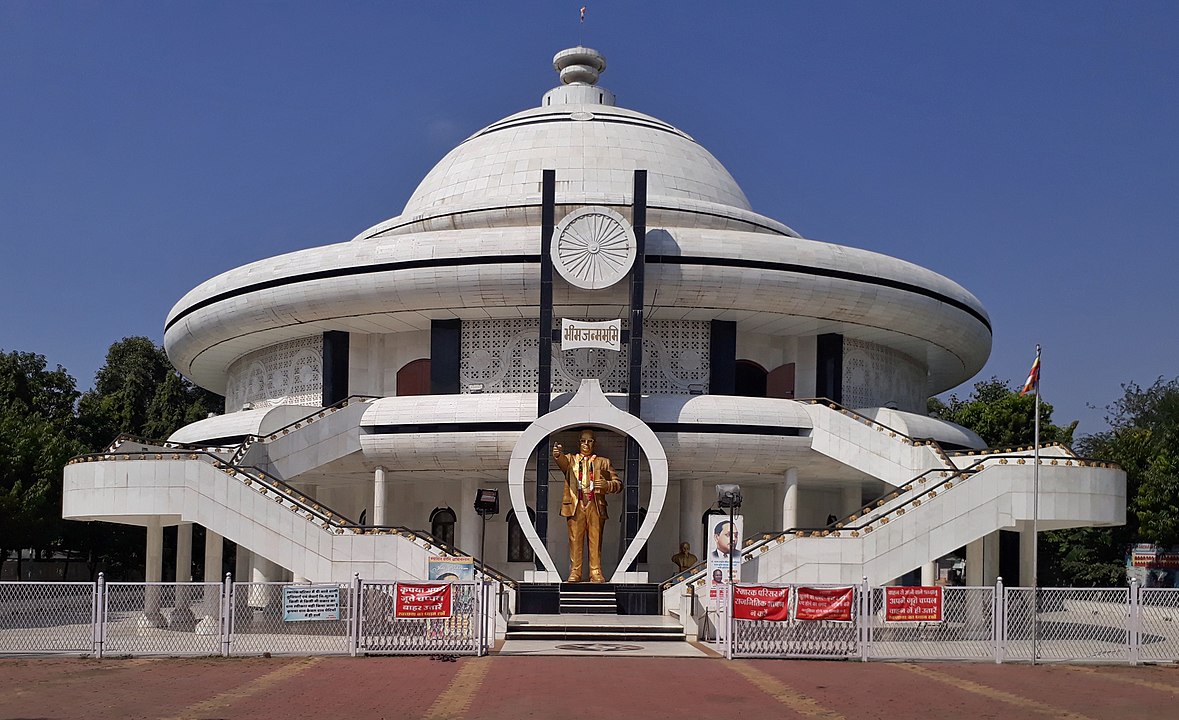
Although Ayodhya is commonly referred to as Shri Ram’s birthplace, he was born at a specific location within the city. A temple known as the Ram Janam Bhoomi marks the location. There was a mosque erected by Babur in the 15th century in the same compound as the Ram Janam Bhoomi temple. Since then, this location has been surrounded by controversy, but the government took control of the area to preserve everyone’s religious views. Another major temple, Sita ki Rasoi, is located on the temple’s northwestern side.
Time Required- 2 To 4 Hours
Timing- Open 24 Hours
Entry Fee- No Entry Fee
2- Nageshwar Nath Temple
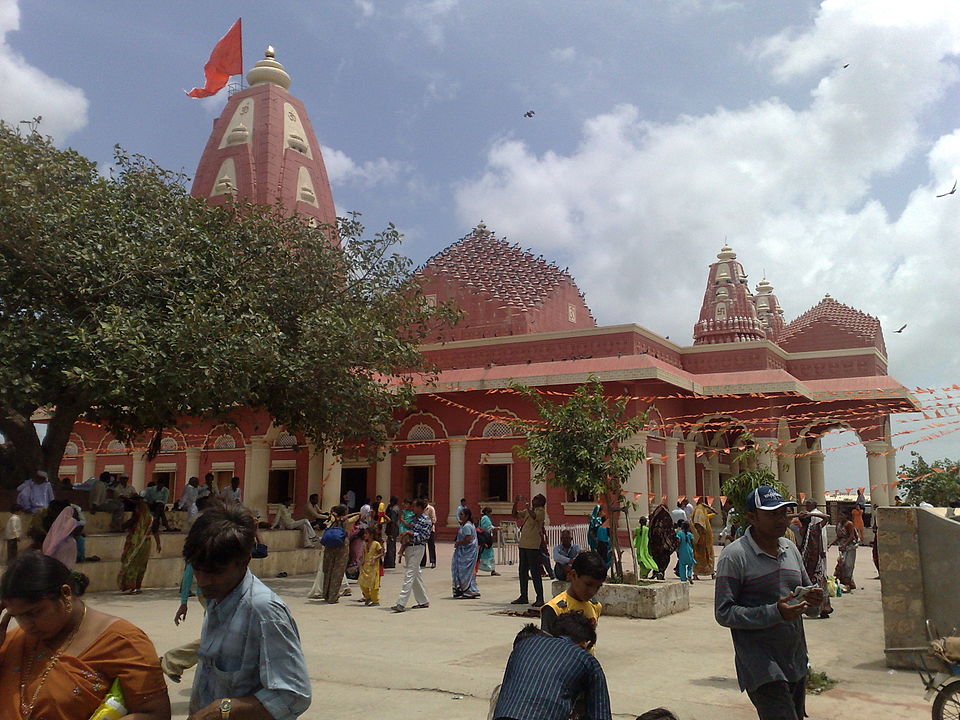
The temple dedicated to Lord Shiva, Nageshwar Nath or the God of Snakes, is located near the Ram ki Paidi. Kush, Lord Ram’s younger son, built the shrine as a token of appreciation when Naag-Kanya, a snake’s daughter, recovered his armlet in the Saryu river and returned it to him. The architectural wonder of Nageshwarnath Temple draws visitors from all across the country.
Time Required- 1 To 2 Hours
Timing- 5:00 AM to 8:00 PM
Entry Fee- No Entry Fee
3- Hanuman Garhi
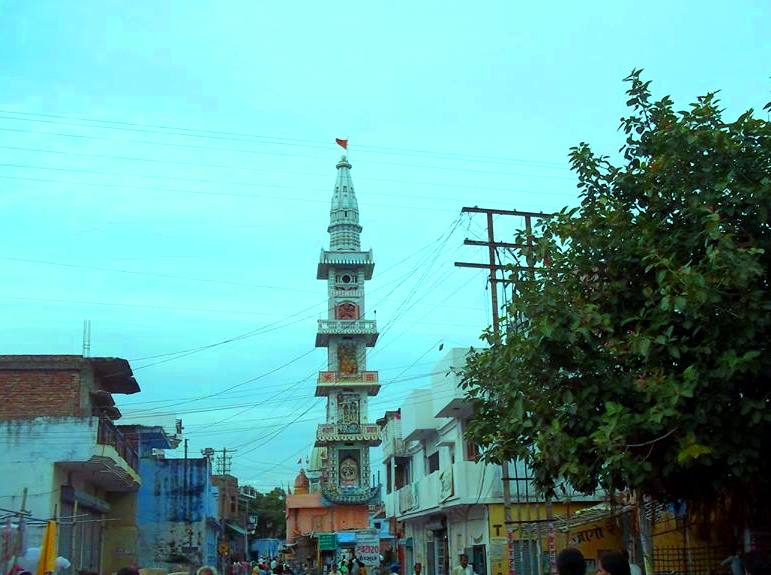
Hanuman Garhi, a 10-century temple devoted to the Hindu God Hanuman, is located in Sai Nagar. It is usual to visit Hanuman Garhi before visiting the Ram Temple in Ayodhya, making it one of the most prominent temples in the city. Lord Hanuman is said to have dwelt at the temple site defending Ayodhya.
The hilltop temple’s entrance is reached through a 76-staircase route. A 6-inch-tall Hanuman idol is housed inside the panoramic vista of the surrounding hills. The interior cave of the main shrine is embellished with several statues of Lord Hanuman and his mother, Maa Anjani. Thousands of worshippers flock to the Hanuman Garhi during Ram Navami and Hanuman Jayanti, which commemorate the births of Lord Ram and Lord Hanuman, respectively.
Time Required- 2 To 3 Hours
Timing- 5:00 AM to 11:00 PM
Entry Fee- No Entry Fee
4- Treta Ke Thakur
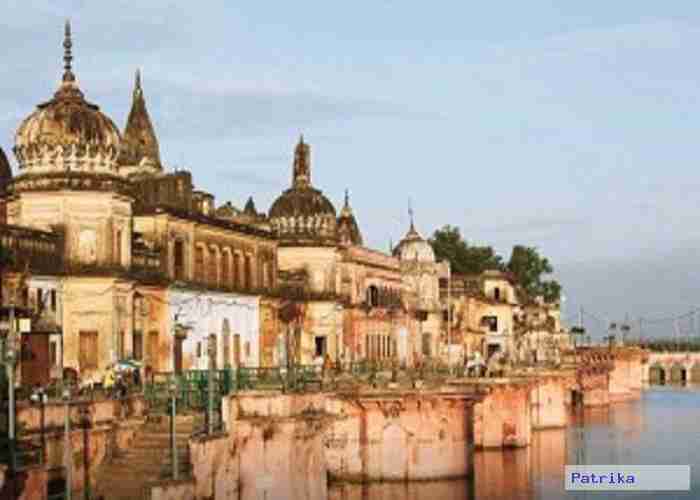
Treta ke Thakur, which means Lord of the Treta Yug, is a Shri Ram temple. The temple was built on the same site where Lord Ram performed Ashwamedha Yagya to commemorate his triumph over Ravana, according to the scriptures. Lord Ram, his wife Sita, younger brothers Lakshman, Bharata, and Shatrughan, guru Vashishtha, King Sugriva, and Hanuman all have idols at the temple. The temple opens on the eleventh day of the Hindu month of Kartik, or Ekadashi, bringing worshippers from all over India.
Time Required- 1 To 2 Hours
Timing- Open 24 Hours
Entry Fee- No Entry Fee
5- Choti Chawani

Choti Chawni, also known as Valmiki Bhawan or Maniramdas Chawni, is a majestic edifice in Ayodhya made entirely of white marble. This site is well worth a visit. The heritage has a total of 34 caves, with 12 Buddhist caverns in the south, 17 Hindu caves in the middle, and 5 Jain caves in the north, making it a notable and elaborate architectural marvel. The caves’ Kailash Temple only adds to the buildings’ exquisite splendor.
Time Required- 1 To 3 Hours
Timing- Open 24 Hours
Entry Fee- No Entry Fee
6- Sita Ki Rasoi
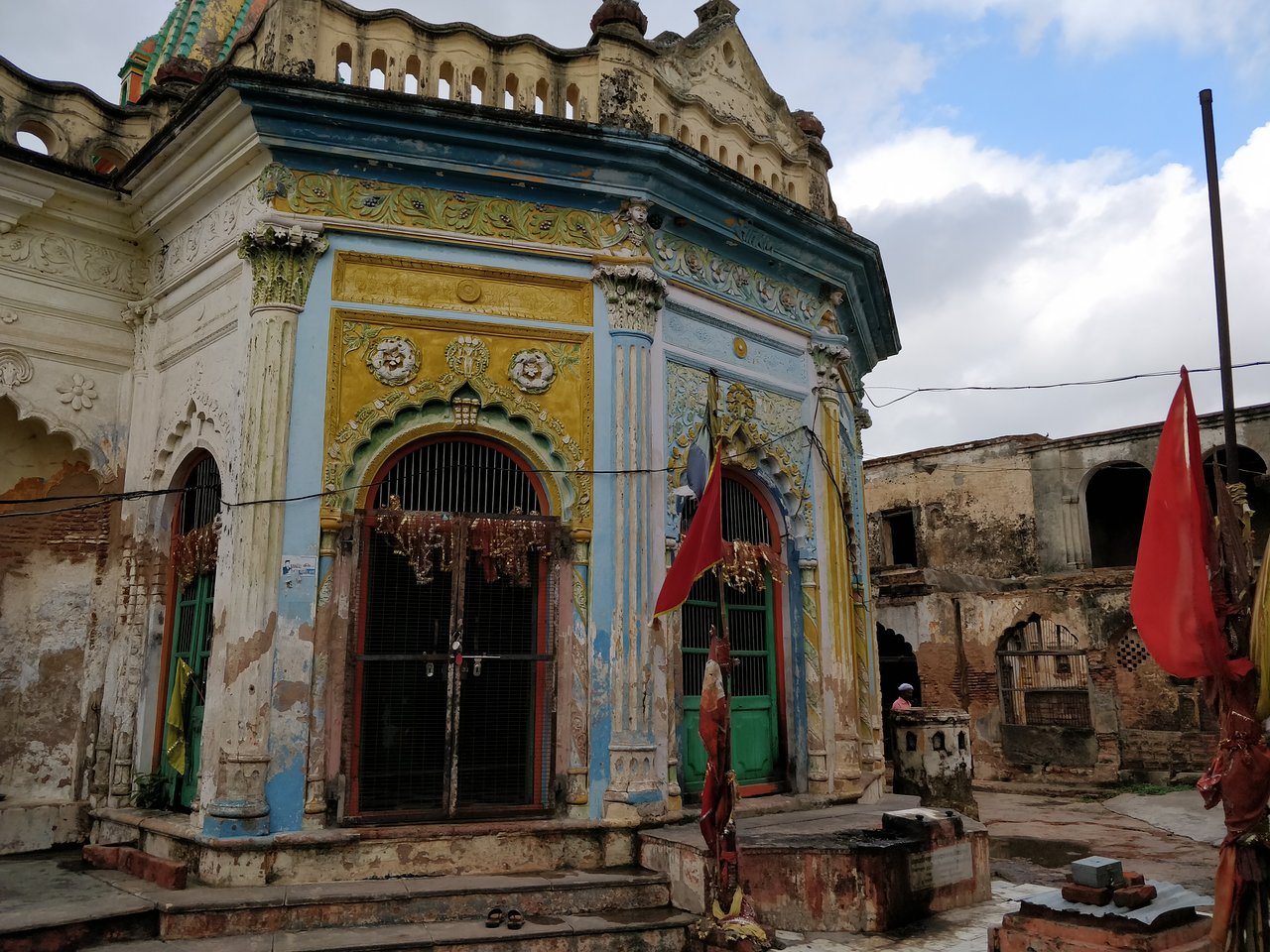
Sita ki Rasoi is an old kitchen believed to have been used by goddess Sita herself. It is located on the north-western side of the Ram Janmanhoomi in Ayodhya’s Rajkot. This hallowed place, which is close to the Ram Janmabhoomi, is now a temple with several exhibit vessels. This Sita Ki Rasoi is a subterranean kitchen and one of the two kitchens named after Sita.
The richly clothed and embellished idols of Ram, Lakshman, Bharat, and Shatrughan, as well as their wives Sita, Urmila, Mandavi, and Srutakirti, can be found on the other side of the temple. Sita is also known as Goddess Annapurna and is worshipped as the Goddess of Food. As a result, the temple follows tradition by providing free food. Visitors can also make a charitable donation of any amount here.
Time Required- 1 To 2 Hours
Timing- 8:00 AM to 6:00 PM
Entry Fee- No Entry Fee
7- Ram Katha Park
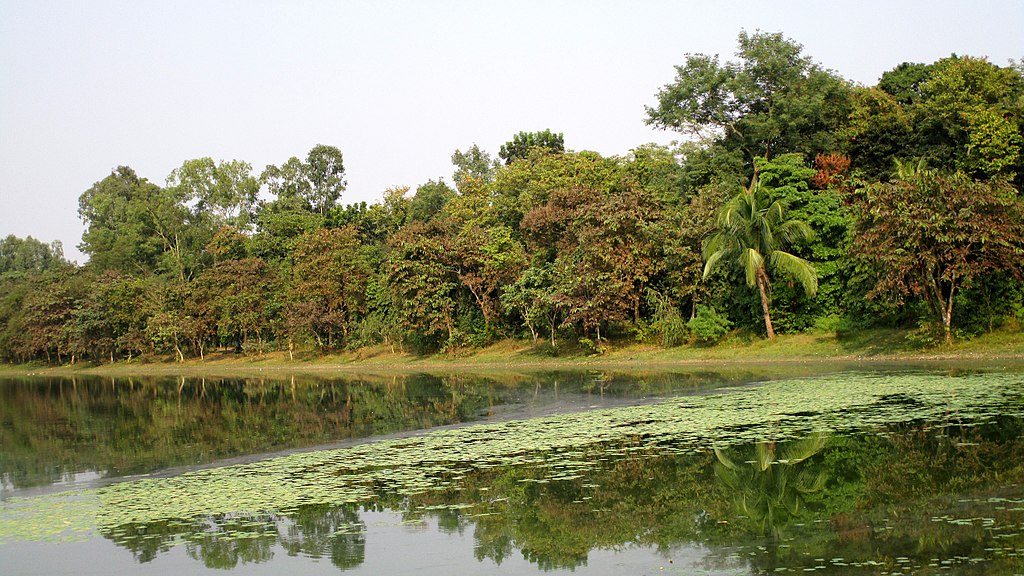
Ram Katha Park in Ayodhya is a lovely park with open-air theatres and well-kept grass. It is a popular site for devotional programs, cultural performances, religious activities, dance, poetry, and katha recital sessions, and it is spread over a large amount of land. Ram Katha Park is used as a playground for children or a leisure garden for adults on evenings when there are no special events. It also promotes both cultural and pop events, as well as encouraging national and international performers to perform. The spacious amphitheater has become a popular destination because it provides a welcome break from the city’s packed rooms.
Time Required- 1 To 2 Hours
Timing- Sunset To Sunrise
Entry Fee- No Entry Fee
8- Moti Mahal
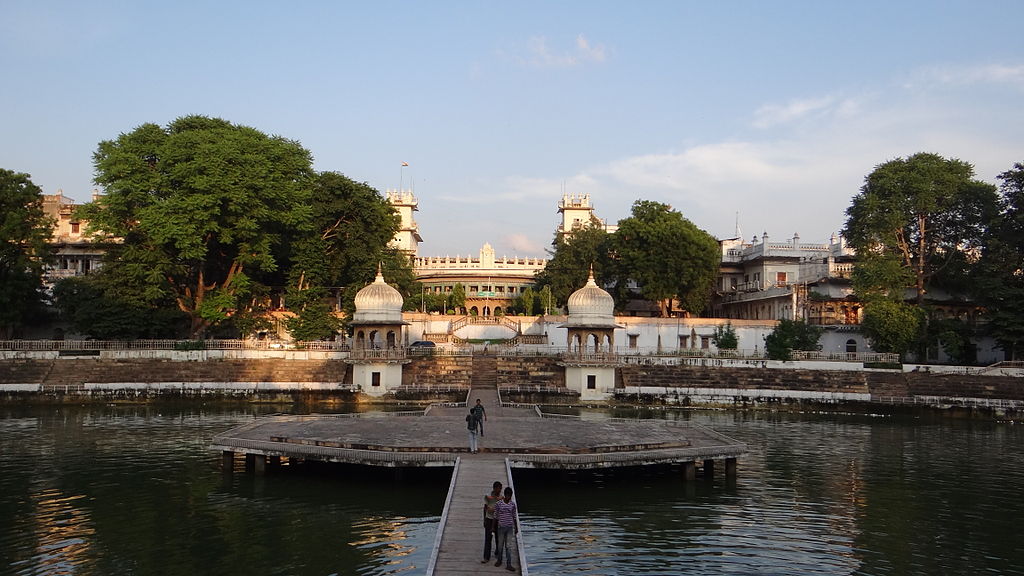
Moti Mahal, often known as the “Pearl Palace,” is a few kilometres away from the town of Ayodhya in Faizabad. The palace was built in 1743 AD for Queen Begum Unmatuzzohra Banu, wife of the then-Nawab Shuja-ud-Daulah. The monument’s magnificence reverberates with the rich tradition of the Nawabi civilization, and it is a remarkable example of Mughal architecture.
Time Required- 1 To 2 Hours
Timing- 12:00 PM to 11:00 PM
Entry Fee- No Entry Fee
9- Kanak Bhawan
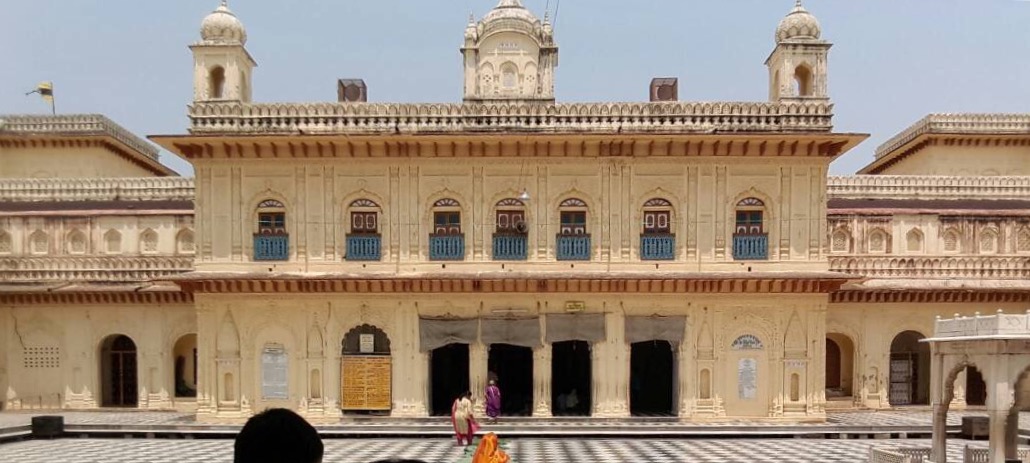
The Kanak Bhawan is located in Tulsi Nagar, near the northeastern part of the Ram Janmabhoomi. This temple, also known as Sone-ka-Ghar, was built in 1891. It is a Hindu pilgrimage place devoted to Lord Rama and his wife, Goddess Sita. The sanctum sanctorum of Kanak Bhawan, which also means Golden Palace, contains three golden-crowned idols of the two gods under a silver canopy (Garbhagriha). This shrine is thought to have been given to Rama and Sita by Rama’s stepmother, Kaikeyi. The current site was completely refurbished by Vrish Bhanu Kunwari after being designed and renovated during Vikramaditya’s reign. The Sri Vrishbhan Dharma Setu Trust Private Limited is currently in charge of this Bundela-style temple.
Time Required- 1 To 2 Hours
Timing- 8:00 AM to 11:00 PM & 4:30 PM To 9:00 PM
Entry Fee- No Entry Fee
10- Gulab Bari
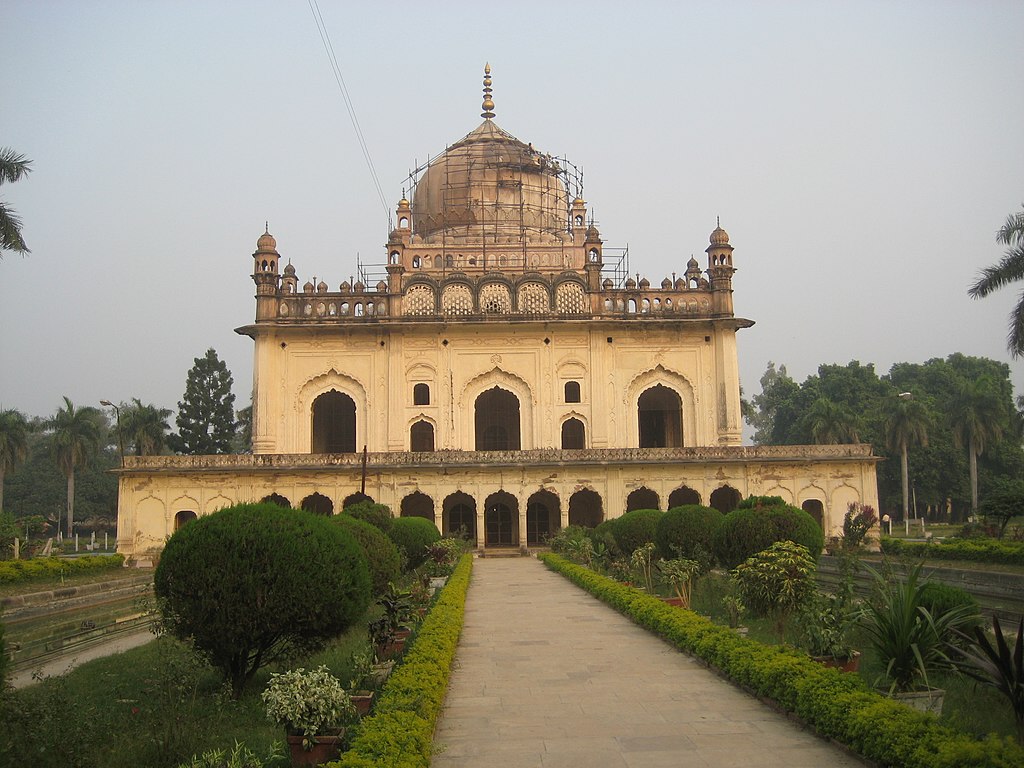
The Gulab Bari, also known as the Rose Garden, is located in Vaidehi Nagar. It is the tomb of Nawab Shuja-ud-Daula, the third Nawab of Faizabad (Oudh or Awadh), and his parents. The Gulab Bari’s 18th-century place, features pure Nawab-styled architecture, as well as a wide variety of rose species, fountains, and beautiful flora. Gulab Bari is currently maintained as part of national heritage, having been listed under the Ancient Monuments and Archaeological Sites and Remains Act.
Time Required- 1 To 2 Hours
Timing- 4:00 PM to 7:00 PM
Entry Fee- No Entry Fee

